And from each pilgrim this be heard, As from one humble voice to-day: “Honor to Hiram,—Masons’ lord, “Honor and gratitude we pay!”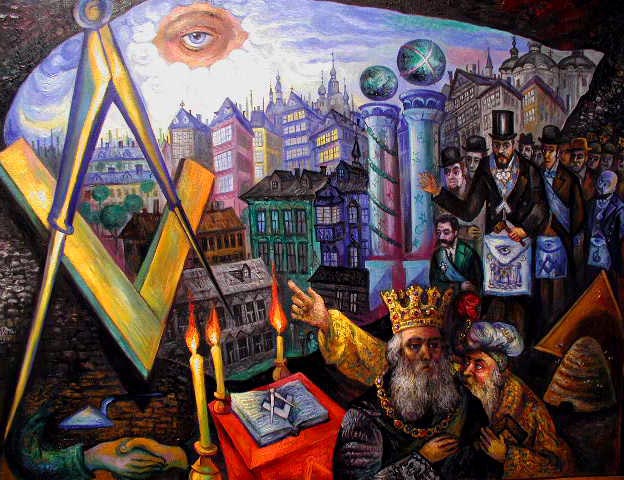
The Masonic King Hiram (Huram, CHiram) is a Phoenician who hailed from the ancient holy Island of Crete in the time of Ramesses II and III. Crete was the main home political and Navy base for the ancient Phoenicians for thousands of years, and today we can find the remnants of the first and second Temple of Solomon in ruins at the ancient city of Gnosis, also known as Knossos.
At the time of Hiram and Phoenician rule, It was a mountainous island covered with forests of cedar, cypress, oak, and fir that provided the necessary materials to build Solomon’s Temple, and plenty of skilled Masons, metal workers and mercenary soldiers to complete the job. In fact, there is no other place or people in the history world that would have had the man power with the skills, materials and ships to carry out such a monumental task. We not only have to study history and the scientific evidence to discover who King Hiram was and what country he was from, we also have to use basic common sense and reasoning.
The name of Crete and the surrounding lands they controlled was once called Phoenicia and the people Phoenicians by their cousins who came later, the Greeks. In the Scripture, they are called many names such as the Sidonians, Cretans, Hebrews, Philistines and Canaanites. They called themselves Canaanites from Sidonia. The meaning of the word Canaanite is merchant and it is no secret that they were some of the most well known and traveled merchants that the world has ever known for thousands of years. In fact, they are credited with giving birth to Western civilization which is said to be born on the Holy Island of Crete.
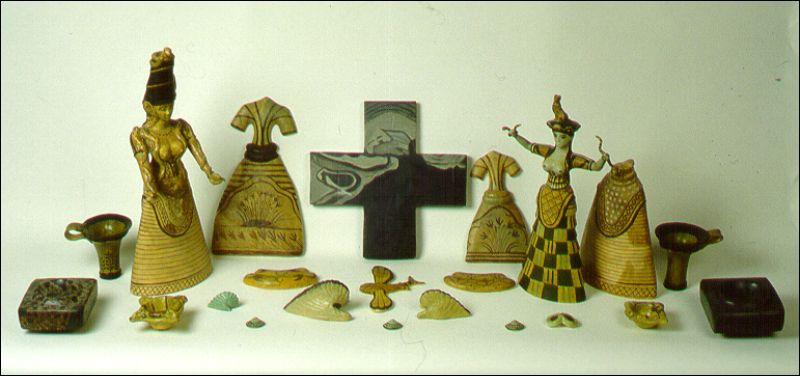 In myth, you will find them sometimes called the Minoans, Atlanteans, and Arcadians to name a few. Their priests we known by several names as well such as the Curetes, Telchines, Coarbs, Ophites, Hivtites, Levites and Priesthood of Isis. Their main Navy port was at the ancient site of Sidon, also known as Kydonia, which flourished during the rule of the Phoenicians and later with the Greeks. Today Sidon is known as Souda Bay on Crete, and is a strategic Hellenic Navy and NATO naval base (Naval Dock Crete, Greek: Ναύσταθμος Κρήτης, pron. Nafstathmos Kritis) just as it was for thousands of years in the past.
In myth, you will find them sometimes called the Minoans, Atlanteans, and Arcadians to name a few. Their priests we known by several names as well such as the Curetes, Telchines, Coarbs, Ophites, Hivtites, Levites and Priesthood of Isis. Their main Navy port was at the ancient site of Sidon, also known as Kydonia, which flourished during the rule of the Phoenicians and later with the Greeks. Today Sidon is known as Souda Bay on Crete, and is a strategic Hellenic Navy and NATO naval base (Naval Dock Crete, Greek: Ναύσταθμος Κρήτης, pron. Nafstathmos Kritis) just as it was for thousands of years in the past.
The legend of King Solomon and his master Masonic helper and friend if a true story of friendship and Brotherhood between two kingdoms and races. One that I believe is one of the most enduring in the history of the world that lasts until this very day. My hopes with these series of articles on Hiram, Solomon’s Temple and the ancient Masonic Brotherhood is to restore this true history to its original glory using not only historical accounts, but also science via geography, archeaology and even DNA to bring it back to life.
For the purpose of this article, I would like to focus on the island of Crete as the true home to King Hiram and also the original location of Solomon’s Temple. Since these articles will be part of a series yet to be completed, they will be somewhat short and to the point in order to keep the facts simple and succinct.
THE MASONIC KING HIRAM IN CRETE
The Freemasons know King Hiram as a Master Craftsman, Chief Architect of Solomon’s Temple and is also known as ‘the Widow’s 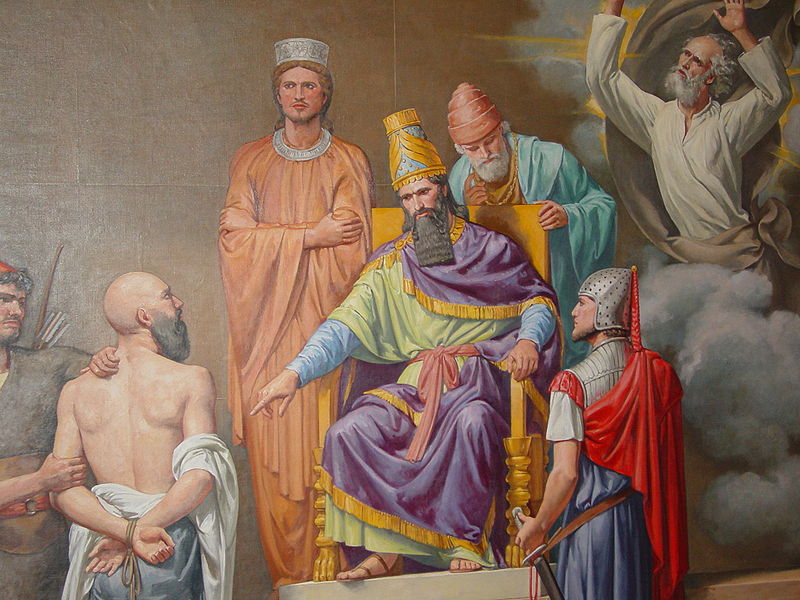 Son’. He crafted the bronze pillars, a bronze tank, and many other gold and bronze items (kings 7:13 – 46). The Freemason’s Pocket Companion (published in 1771) describes CHiram as “the most cunning, skillful and curious workman that ever lived, whose abilities were not confined to building alone, but extended to all kinds of work, whether in gold, silver, brass or iron; whether in linen, tapestry, or embroidery; whether considered as an architect, statuary [sic]; founder or designer, separately or together, he equally excelled.
Son’. He crafted the bronze pillars, a bronze tank, and many other gold and bronze items (kings 7:13 – 46). The Freemason’s Pocket Companion (published in 1771) describes CHiram as “the most cunning, skillful and curious workman that ever lived, whose abilities were not confined to building alone, but extended to all kinds of work, whether in gold, silver, brass or iron; whether in linen, tapestry, or embroidery; whether considered as an architect, statuary [sic]; founder or designer, separately or together, he equally excelled.
From his designs, and under his direction, all the rich and splendid furniture of the Temple and its several appendages were begun, carried on, and finished. Solomon appointed him, in his absence, to fill the chair, as Deputy Grand-Master; and in his presence, Senior Grand-Warden, Master of work, and general overseer of all artists, as well those whom David had formerly procured from Tyre and Sidon, as those Hiram should now send.”
The Biblical interpretation is very similar to the Masonic story of Hiram. Hiram king of Tyre agreed to furnish timber and workmen for building Solomon’s temple. Hiram sent his servants to Solomon who we know were master the first true organized Masons that were some of the world’s first trained master craftsman in metals such as brass and bronze, wood like the cedars of Lebanon. The Scripture states, “Give orders therefore that thy servants cut me down cedar-trees out of Libanus, and let my servants be with thy servants: and I will give thee the hire of thy servants whatsoever thou wilt ask, for thou knowest how there is not among my people a man that has skill to hew wood like to the Sidonians.”
These ancient texts suggest that the seafaring Phoenicians/Sidonians brought wood, brass, bronze, silver and other precious metals from the western Mediterranean in the time of Hiram and Solomon, and archaeology has revealed that the Phoenicians had founded many trading and Navy colonies across the Mediterranean such as Crete dating to the first millennium B.C.E.
As I mentioned above, the Sidonians was just another name for the Phoenicians and Crete was their homeland. There are many researchers and authors throughout the Age who have said that Sidon was on the island of Crete. As I had written before in my article, The Phoenician Sidonian Hebrews of Sedona, Arizona, the first mention of Sidon appears in Papyrus Anastasi I, of the thirteenth century B.C., which describes the voyage of an Egyptian into Syria, Phoenicia and Palestine.(see: Sidon: A Study in Oriental History, Volume 4 by Frederick Carl Eiselen) In the Scripture, the Center of the World’s Naval power is at Sidon or Kydonia, which is easily connected to what is now called Souda Bay in Crete by its older name of Saida.
The King Hiram connection to Sidon is also written in stone the Paraíba Stone Inscription which is an ancient Phoenician text dated to approximately the sixth century BCE that was found in Paraita, the easternmost state of Brazil. The translation of the Paraiba Stone reads: “We are children of Canaan from Sidon of the Eastern Kingdom of Merchants and are cast, I pray, here beside a central land of mountains (with this) offered choice gift to the Most High Gods and Goddesses in year 19 of King Hiram, I pray (still) strong, from the valley of Ezion-geber of the Red Sea.”
KING HIRAM OF TYRE (TARSHISH, TYRSENI)
In the Scripture, there are several references of King Hiram of Tyre that connect him to Crete. The main passages refer to King Hiram’s ships that are from a place called “Tarshish” which we find sometimes spelled as Tursha, Thuirsha and Tyrseni and where we derive the modern spelling of Tyre. Many researchers have claimed that the references in Scripture confer that Tarshish is an island. An island that I have found to be just another one of the many names for the Island of Crete.
For example, in Acts, “And because the haven was not eommodious to winter in, the more part advised to depart thence also, if by any means they might attain to Phenice, and there to winter; which is an haven of Crete, and lieth toward the south-west and north-west Acts xavii. 12. “And when the south wind blew softly, supposing that they had attained their purpose, lookin” thence, they sailed close by Crete. -— l3.
1 Kings (1Kings 10:22) notes that King Solomon had “a fleet of ships of Tarshish” at sea with the fleet of his ally King Hiram of Tyre. And that “Once every three years the fleet of ships of Tarshish used to come bringing gold, silver, ivory, apes, and peacocks.” (repeated in 2 Chronicles 2Chronicles 9:21), while 1 Kings 22:48 states that “Jehoshaphat made ships of Tarshish to go to Ophir for gold, but they did not go, for the ships were wrecked at Ezion-geber.”
Psalm 72 (Psa 72:10), a Psalm often interpreted as Messianic in Jewish and Christian tradition, has “May the kings of Tarshish and of the coastlands render him tribute; may the kings of Sheba and Seba bring gifts!” This verse is the source text of the liturgical antiphon Reges Tharsis in Christian Cathedral music.
Sir Peter le Page Renouf said that “Tarshish” means a coast, and, as the word occurs frequently in connection with Tyre, the Phoenician coast is to be understood. Some have read Psalm 72 as an indication that Tarshish was a coastland, but the reference there can and seems to mean ‘island’.
A recent Hacksilber Project study published by Christine M. Thompson and Sheldon Skaggs in 2013, indicates that Tarshish was a large island. Esarhaddon, Aššur Babylon E (AsBbE) (=K18096 and EŞ6262 in the British Museum and Istanbul Archaeological Museum, respectively) preserves “All the kings from the lands surrounded by sea- from the country Iadanana (Cyprus) and Iaman, as far as Tarshish, bowed to my feet.” In this text, Tarshish is certainly refered to as an island, and cannot be confused with Tarsus .(American Journal of Archaeology – Page 448)
In the Scripture, Tarshish is mentioned in Genesis x. 4 and Jonah i. 3. in connection with Cyprus, Crete, and Rhodes. During Jonah’s attempted escape to Tarshish, his rebellion against the Hebrew God YHWH led to his being tossed overboard by sailors, swallowed by a large fish (sometimes called the “whale”), and vomited out onto dry land by God’s command. He then made his way to Nineveh, now known as Mosul, in Iraq.
The name Tursha of the Egyptians constantly appears in connection with Crete and Cyprus. In the book, The Discoveries in Crete and Their Bearing on the History of Ancient Civilization by Ronald Montagu Burrows, we find that “much later than 1300 B.C, a high official called An-Tursha, or ” Pillar of the Tursha.” The name is followed by the ethnic and the country determinatives, and the type of the mummy’s face, and the piercing of the lower lobe of its ear.” The ear piercing of men was one of the main traits of the Phoenicians/Sidonians.
The connection is confirmed by an inscription of Rameses III., 1202— 1170 B.c., in which the Thuirsha are called “of the sea.” They are assigned to the north along with the Zakaray or Tchakaray, who may survive not only in the Teucri, but in Zakro in East Crete,’ and the Shairdana, or Shardina, whom Professor Maspero equates with the Sardians of Lydia, and Professor Petrie with the Sardinians.’ They are here, too, represented as kneeling figures, prostrate and conquered.”
Rameses III in the eighth year of his reign, was said to have inflicted a defeat, both by land and by sea, on a confederacy composed of the Sardinians, Osci, Sicilians, Pelasgi, Teucrians, Tursha, or truacans, and Danai. After 1300, these warriors of the Danaoi are no longer alone. Increasing numbers of other peoples accompany them, and their raids are on a larger and larger scale. About 1230 an attack of the Danaoi is made on Egypt from the West in company with the Libyans, on the edge of the Delta. Together with them came “Akhaivasha, Shakalsha, and Tursha”—the first of them easily identified as the Achaeans.(A History of Imperialism, by Irwin St. John Tucker)
In the reign of Thothmes III, during the beginning of the 15th century, the Egyptians texts say they were carried by Phoenician ships in which they invaded and conquered Crete and the islands of the iipelago, together with part of the Grecian mainland.The Phoenicians had formed settlements in Crete and Cyprus who according to Josephus, they were called the Citicum and the principal settlement of the Tyrians upon this island. Cicero says, that it was a Phoenician colony, and, according to Diodorus Siculus, “the cities of the isle of Cyprus are nearly all of Phoenician origin. So the island of Crete. And, in accordance with these ancient testimonies, it appears that traces of the Phoenicians in Crete are preserved in the mythology of the island; and the cities of the isle of Rhodes, Jalyssus, Cernirus, and Lindus, not only were traded with, but followed the Phoenician worship.”
GNOSTIC WARRIOR KING HIRAM CONCLUSION
The research I presented to you above is just a small portion of the historical evidence and quotes by authors that connect Phoenician King Hiram of Tyre to the ancient Holy Island of Crete which was also known in Scripture as Tarshish and is the same as Tyre. This island is simply one of the most ancient and contested lands in all the world up until the recent past after World War II when the Germans under the Phoenician, Adolph Hitler had invaded there and chased the last remnants of Jews up the mountains into hiding.
According to the prophet Isaiah, when foretelling the downfall of Tarshish, AKA Tyre and Crete, they were to give information to “Tarshish,” that there was in consequence no house, “no entering in,” no harbor for their shipping, as there had formerly been. The Tyrians were told by the prophet, “He has stretched His hand out over the sea, He has made the kingdoms tremble; The LORD has given a command concerning Canaan to demolish its strongholds. He has said, “You shall exult no more, O crushed virgin daughter of Sidon. Arise, pass over to Cyprus; even there you will find no rest.” Behold, the land of the Chaldeans– this is the people which was not; Assyria appointed it for desert creatures– they erected their siege towers, they stripped its palaces, they made it a ruin.…”
What do we find today on the island of Crete but the actual archaeological evidence of all these biblical stories and histories in the ruins of a hundred cities and the Temple of Solomon at the city of Knossus (Gnosis). A land that has been inhabited by many different people who all appear to be cousins and they all fought valiantly for well over 3,000 years by the Phoenicians, Hebrews, Canaanites and Israelites, then the Babylonians, Greeks, Persians, Romans, Byzantines, Muslims, Christian crusaders, Ottoman Turks, and the Germans.
The Pergamon game of merchants, pirates, warriors and kings all contesting their abilities to become the defacto sword bearers as Master’s of Jerusalem. Pergamon is derived of three words being that of per, gam or gamos and mon or man. The meaning of per is taken from heraldry being that is “divided by a line in the direction of.” The word gam or gamos is to represent a marriage or holy marriage and it is also where we get the English word game which is a form of play or sport, especially a competitive one played according to rules and decided by skill, strength, or luck.

Moe is the founder of GnosticWarrior.com. He is a father, husband, author, martial arts black belt, and an expert in Gnosticism, the occult, and esotericism.

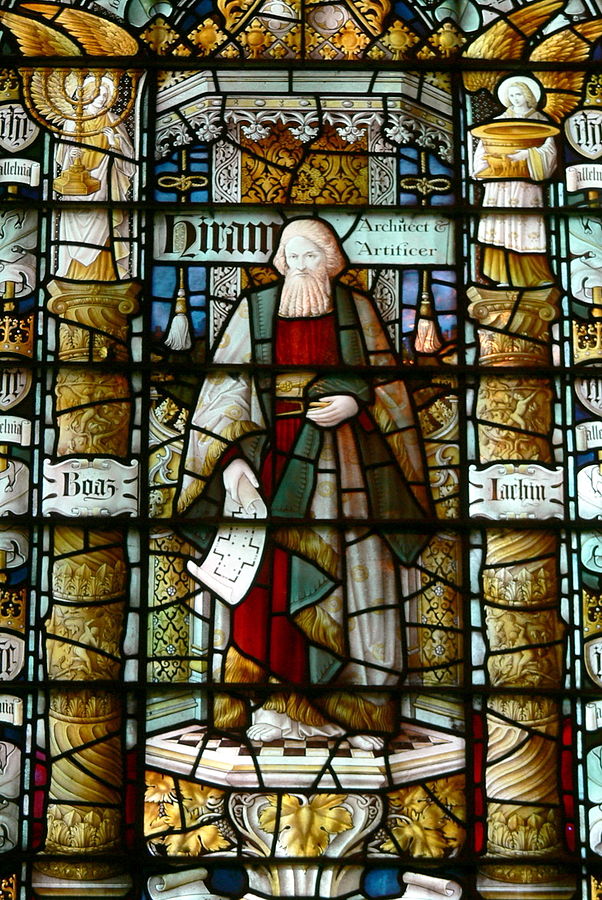

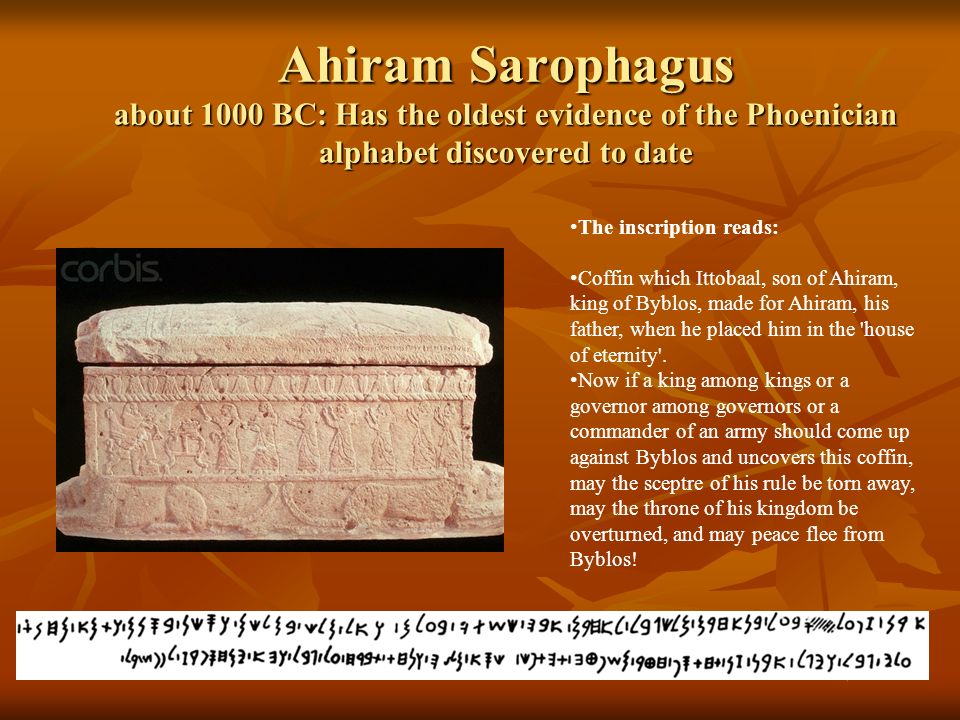
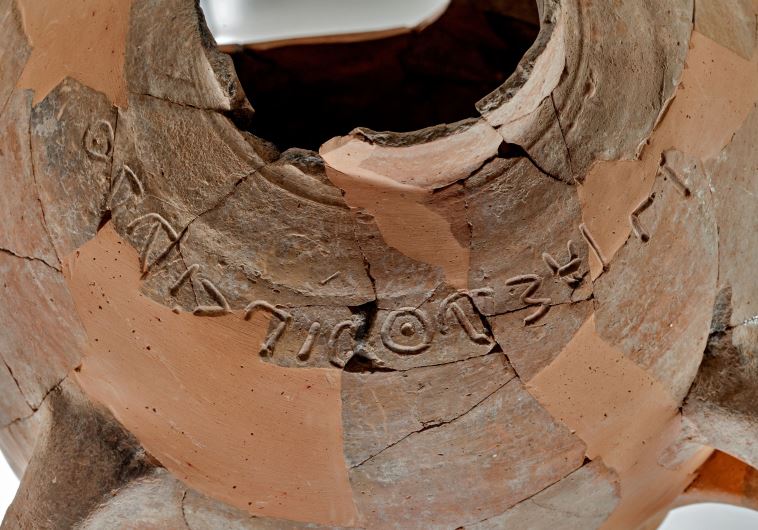
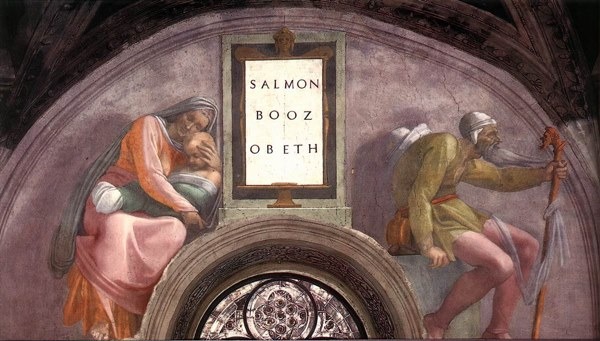
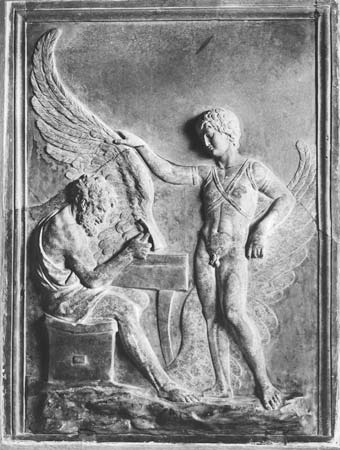

![Of the Council he held with his chief men concerning their reception of the faith of Christ, and how the high priest profaned his own altars [627 A.D.] | Book 2 | Chapter 13 Of the Council he held with his chief men concerning their reception of the faith of Christ, and how the high priest profaned his own altars [627 A.D.] | Book 2 | Chapter 13](https://www.gnosticwarrior.com/wp-content/plugins/contextual-related-posts/default.png)
This writing (as your many others) takes students places they need to get to, but many of the current schools of esoteric study won’t get them in a proper direction or destination.
I greatly appreciate the study and effort you place in your research and writing and pray you continue sharing knowledge.
Very nice article. Thanks.
You are welcome and thanks for the kind comment.